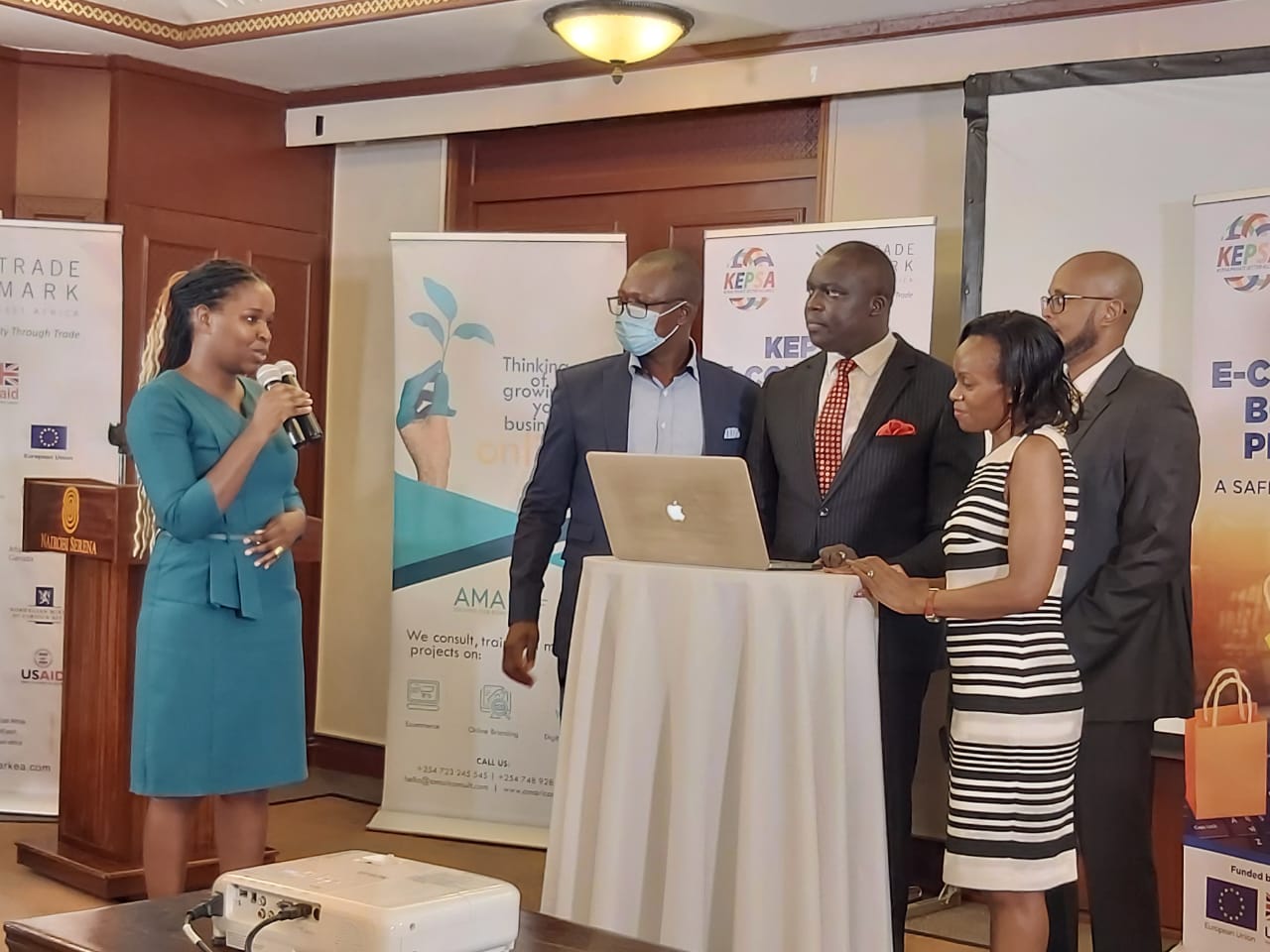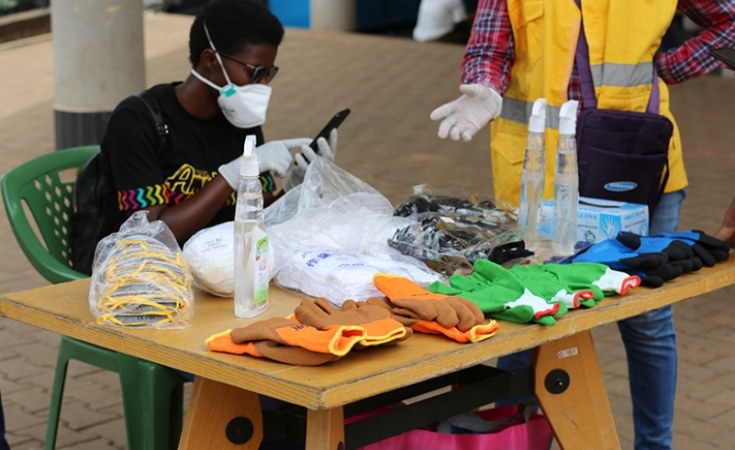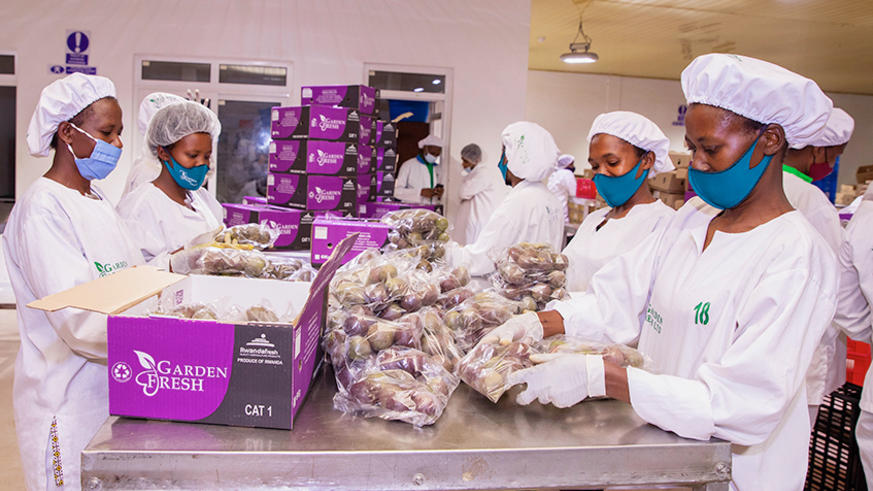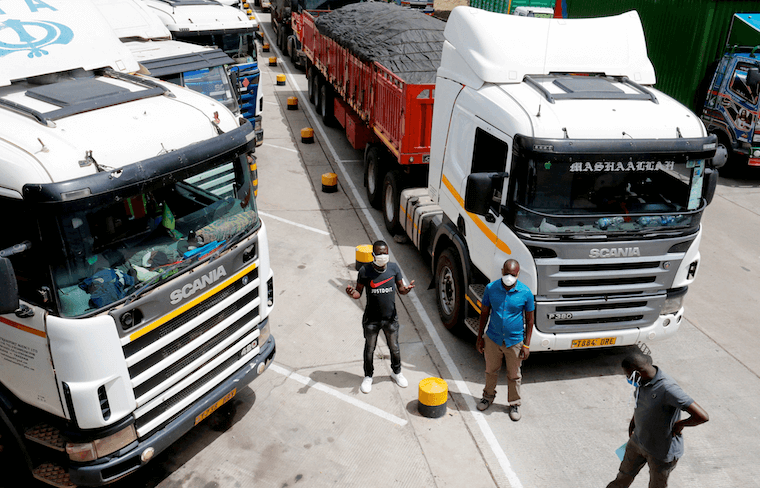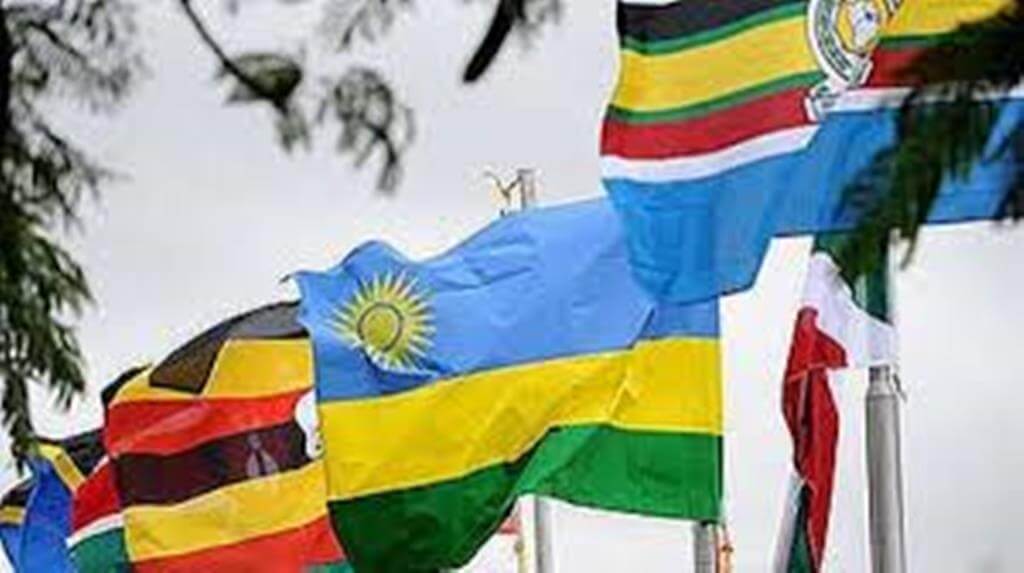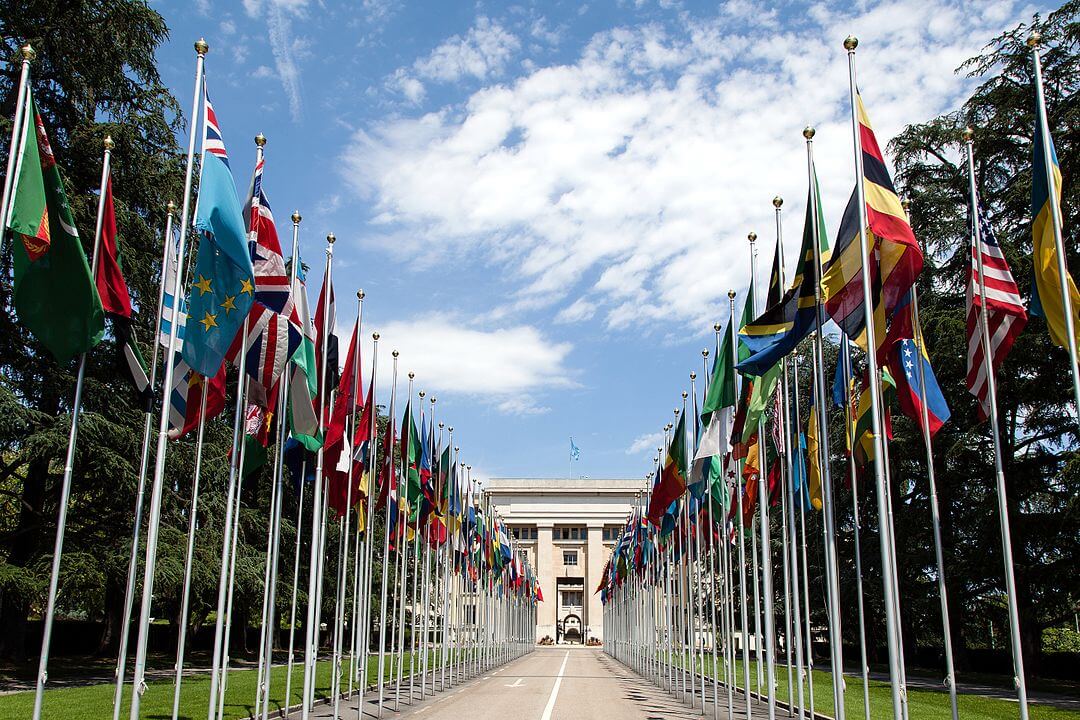At least 2,000 Micro, Small and Medium-sized enterprises (MSMEs) to gain digital skills through the KEPSA E-commerce Booster Program Nairobi, Kenya - 25th February 2021: With funding from the European Union and UK’s Foreign Commonwealth Development Office, the Kenya Private Sector (KEPSA) today launched an Ecommerce Booster Program targeting at least 2000 Micro, Small and Medium sized enterprises (MSMES). The program is being supported by TradeMark Africa, a leading aid for trade regional body in East Africa while the technical support for this program is being provided by Amari Consulting Ltd. The program targets businesses with little or no digital presence for training and on-boarding to e-commerce platforms to ensure MSMEs can increase and diversify their revenue streams during this period of COVID-19 pandemic. As COVID-19 pandemic continues to cause disruptions in the global and regional value chains, it has become clear that e-commerce is an important tool and solution for businesses and consumers. E-commerce can support small businesses in reducing their costs and effectively reaching their customers; it is an economic driver for both domestic growth and international trade thus making economies more competitive. The COVID-19 pandemic has occasioned a spike in business-to-consumer (B2C) online sales and an increase in Business-to-Business (B2B) e-commerce. The increase in B2C sales is particularly evident in online sales of medical supplies, household essentials and food products. As a result, attention has been drawn to several challenges hindering the full potential of e-commerce across countries. These include price gouging, product safety concerns, deceptive practices,...
At least 2,000 Micro, Small and Medium-sized enterprises (MSMEs) to gain digital skills through the KEPSA E-commerce Booster Program
Posted on: February 25, 2021
Posted on: February 25, 2021

